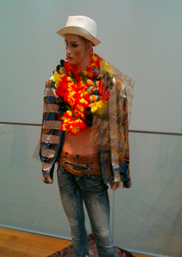
The large tableau at the entrance to the exhibit was the most powerful work in the whole exhibit for me (my wife disagrees, but she didn’t like anything in the exhibit). The photos below don’t really capture the eerie other-worldly feeling evoked by this tableau of mannequins in very strange outfits. It is a very large tableau, taking up as much as a 30 ft square space.
Gensken was very interested in architecture. Not only her famous/infamous “Fuck the Bauhaus” work speaks to that interest, but there were also pieces dealing solely with structure and foundation. Here is one example from an era in modern German architecture when unadorned concrete was in vogue.
Here are a two photos from “Fuck the Bauhaus”.
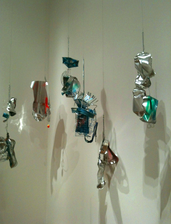
Another piece that I liked was the hanging, distorted metal tools and utensils. (My photo dos not really convey the impact of this piece.) I can’t really put into words why I liked this piece, but it was one of the few that stood out for me.
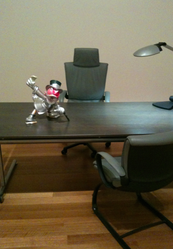
Gensken lived in the U.S. (mostly in NYC I think) for several years. Like many others, she saw the dark side of the Disney world as shown here.
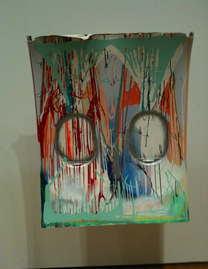
I’m sure this piece has evoked strong reactions among some who viewed the exhibit. However, once again, I found the piece “flat” in some sense – it was very obvious and did not leave any deep impression afterwards.
Karen and I have spent a fair amount of time discussing and debating what makes an exhibit powerful and what does not. In all fairness to Isa Gensken, we had never heard of her before this exhibit even though she is well known in Germany. So, it’s not like seeing an exhibit of pieces that are new for you from an artist you are already familiar with. But, this would seem to make it even more imperative to give the viewer the full breadth of the artist’s work. I can only assume that the MOMA curators assiduously attempted to do just that, which leaves me with the impression of an artist who dabbled in many areas but did not pursue any of them seriously.
-Doug Hilmer
ED: Here are links to other responses to the exhibition and to an excellent video prepared by MOMA.
Roberta Smith: http://www.nytimes.com/2013/11/22/arts/design/isa-genzken-retrospective-at-museum-of-modern-art.html?pagewanted=2&_r=0
Peter Schjeldahl: http://www.newyorker.com/arts/critics/artworld/2013/12/02/131202craw_artworld_schjeldahl
Video link:
This excellent short video includes installations views of previous exhibitions, some works not included in the MOMA show and interview sound bites that elucidate the Genzken’s approach and the resulting body of work . The dynamic of the video adds what is missing in the exhibition, the balletic and dynamic elements that in many cases are lost in the completion and static display of the final sculptural event. http://www.moma.org/visit/calendar/exhibitions/1345?overlay=isa.288.1364
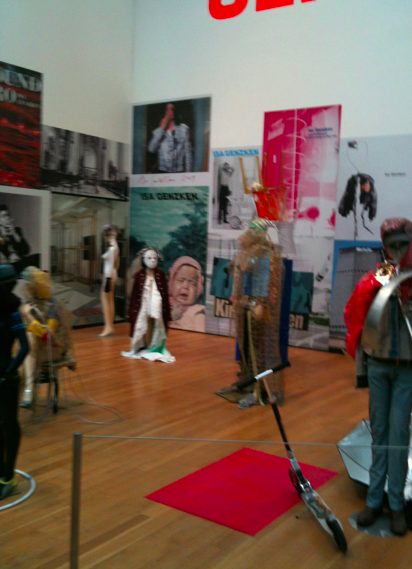
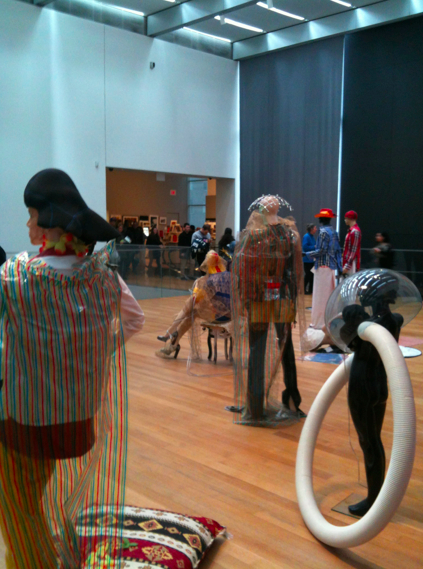

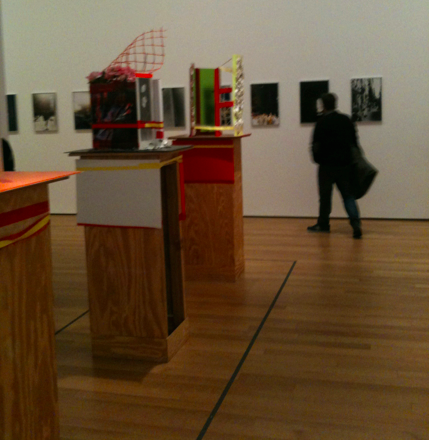

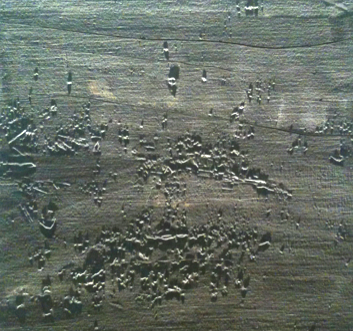
 RSS Feed
RSS Feed